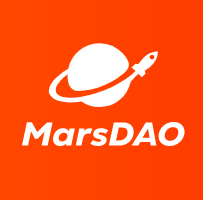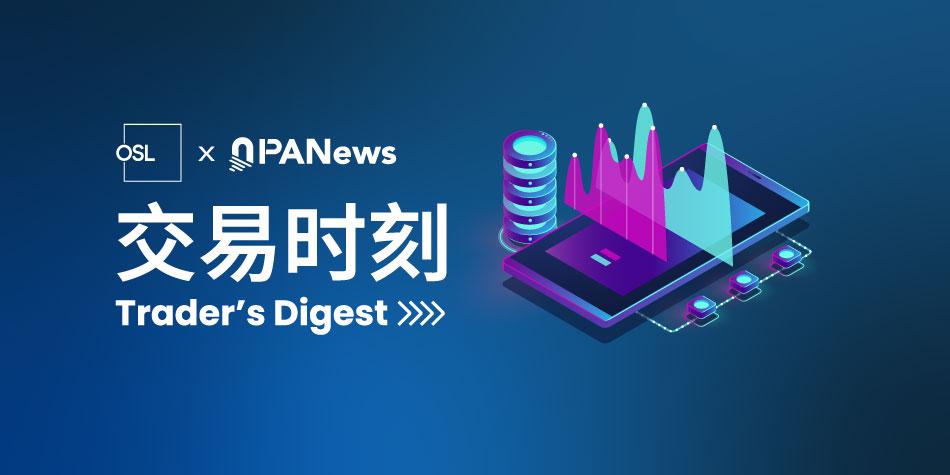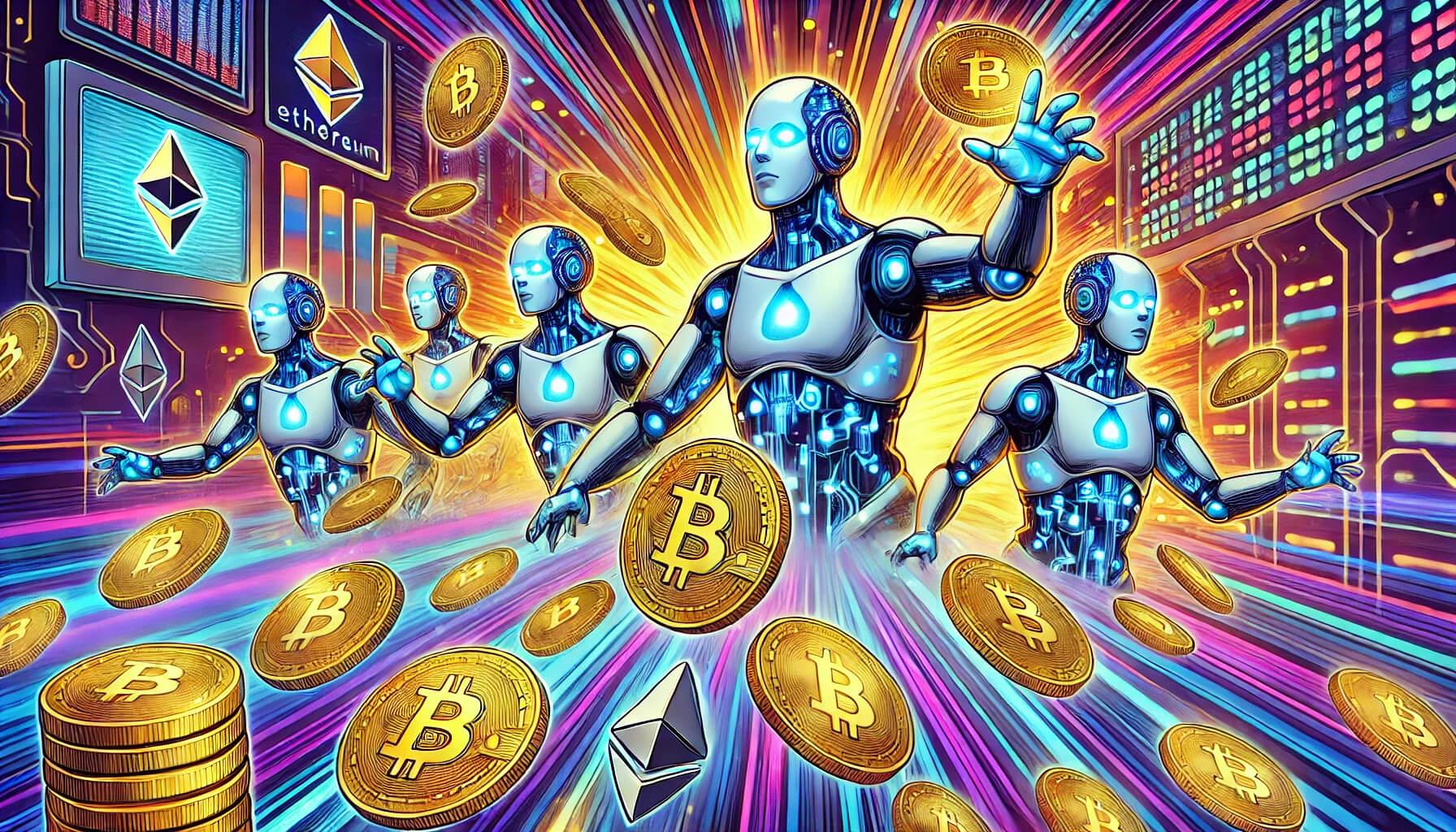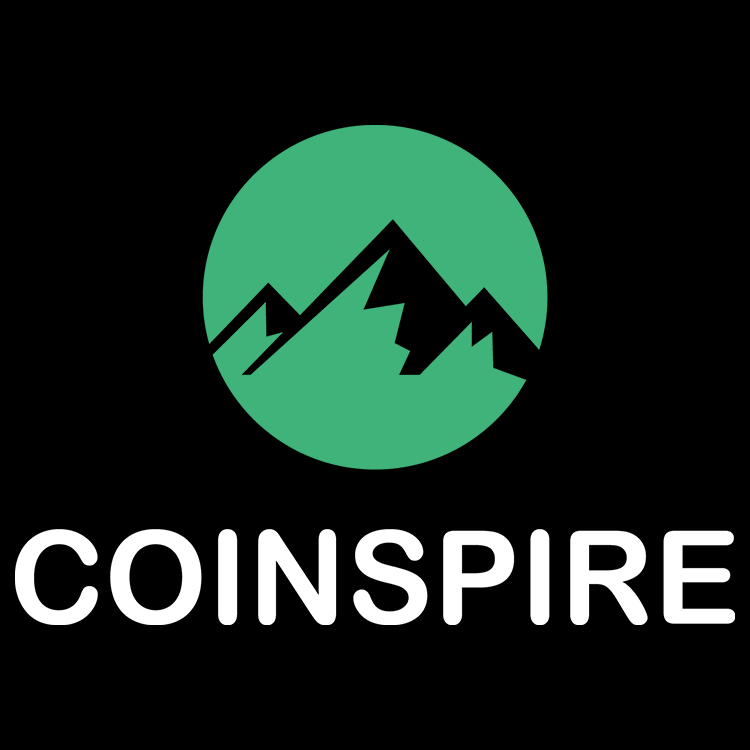-
 PA一线 · 13 分钟前
市场消息:美国司法部批准出售被扣押的价值65亿美元的丝绸之路比特币
PA一线 · 13 分钟前
市场消息:美国司法部批准出售被扣押的价值65亿美元的丝绸之路比特币美国司法部批准出售被扣押的价值65亿美元的暗网“丝绸之路”比特币。
-
 YBB Capital · 22 分钟前
解构AI框架:从智能代理到去中心化的探索
YBB Capital · 22 分钟前
解构AI框架:从智能代理到去中心化的探索AI框架正在从传统的中心化架构向去中心化的模式转型,智能代理作为这一转变的核心驱动力,正在为各类应用提供更高效的解决方案。在这一进程中,区块链技术提供了更低成本、更高安全性的基础设施,推动了Agent的链化发展。通过整合DeFi和智能代理,未来的AI系统将具备更强的自我适应性和交互性。探索这些框架的创新发展,将为Web3生态带来更多前所未有的商业机会。
-
 PA一线 · 1 小时前
昨夜今晨重要资讯(1月8日-1月9日)
PA一线 · 1 小时前
昨夜今晨重要资讯(1月8日-1月9日)Kraken和a16z高管等多个加密友好人士正在角逐美CFTC主席职位;Solana敦促验证者测试早期版本“Firedancer”升级;Movement Labs即将完成1亿美元B轮融资,估值达30亿美元;
-
 深潮TechFlow · 1 小时前
加密离场哲学:业余者关注能赚多少,专业人士关注能亏多少
深潮TechFlow · 1 小时前
加密离场哲学:业余者关注能赚多少,专业人士关注能亏多少交易的关键不在于追求完美,而在于保持稳定性。
 PA一线 · 2 小时前
美国法官将Do Kwon的审判开始日期定为2026年1月26日
PA一线 · 2 小时前
美国法官将Do Kwon的审判开始日期定为2026年1月26日Terraform Labs创始人Do Kwon于周三在美国纽约南区联邦地区法院出庭受审,这是他的第二次出庭,标志着这起备受瞩目且一再推迟的联邦案件进入了证据开示阶段。如果其因TerraUST稳定币崩溃而被判有罪,他将面临最高130年的监禁。周三的“初次会议”旨在确定美国案件是否可以在不经过审判的情况下解决,并确定其他庭前细节。美国地区法官Paul Engelmayer将审判开始日期定为2026年1月26日,并鼓励进行认罪谈判。
-
 PA一线 · 2 小时前
特朗普主题数字卡通过Ordinals协议在比特币网络首次亮相
PA一线 · 2 小时前
特朗普主题数字卡通过Ordinals协议在比特币网络首次亮相由美国当选总统唐纳德·特朗普支持的NFT系列通过使用Ordinals协议,在比特币网络上推出了首批160件作品,名为“特朗普比特币数字交易卡(Trump Bitcoin Digital Trading Cards)”。从“Mugshot Edition”(大头照版)中获得100张NFT卡的用户,在提交他们的比特币钱包后,有资格通过NFT市场Magic Eden进行申领。截至发稿时,用户已铸造了119个可用Ordinals中的19个,申领期将持续至1月31日。
-
 Meta Era · 2 小时前
特朗普就职典礼引发全新期待:能否兑现十大加密货币新政?
Meta Era · 2 小时前
特朗普就职典礼引发全新期待:能否兑现十大加密货币新政?随着 2025 年 1 月 20 日特朗普将正式就任美国总统,全球目光聚焦于这位非传统政治人物将如何兑现其竞选期间承诺的十大加密货币新政。
-
 PA一线 · 2 小时前
Blast的移动平台将于本月晚些时候与代币经济学更新一同推出
PA一线 · 2 小时前
Blast的移动平台将于本月晚些时候与代币经济学更新一同推出以太坊Layer2网络Blast在X平台宣布:“Blast的移动平台将于本月晚些时候与代币经济学更新一同推出。所有Blast Dapps应确保在这些变更之前向用户分发积分和金币。1月份将不会进行金币分发。所有用户也应确保使用自己的钱包登录Blast网站。即将公布正式的发布日期。”
-
 PA一线 · 2 小时前
Kraken和a16z高管等多个加密友好人士正在角逐美CFTC主席职位
PA一线 · 2 小时前
Kraken和a16z高管等多个加密友好人士正在角逐美CFTC主席职位美国当选总统唐纳德·特朗普的过渡团队正在物色对加密货币友好的人选,以担任下一任商品期货交易委员会(CFTC)主席。竞争这一职位的包括现任CFTC委员Summer Mersinger、a16z加密政策主管兼前CFTC委员Brian Quintenz,以及Kraken的首席法务官Marco Santori。
-
 PA一线 · 3 小时前
Solana敦促验证者测试早期版本“Firedancer”升级
PA一线 · 3 小时前
Solana敦促验证者测试早期版本“Firedancer”升级Solana正在加紧测试Firedancer,这一软件升级有望大幅提高区块链的处理速度。根据Solana技术Discord服务器中的消息,Solana核心开发团队希望在本周末之前,链上低风险测试网络中的“绝大多数”处理能力能够运行Frankendancer(Firedancer的早期版本)。对Solana验证者的号召行动标志着Firedancer迄今为止面临的最大考验。自2022年该链频繁出现故障以来,这一升级一直在进行中,并被视为将增强Solana的稳定性和速度。
- 加密流通市值(7d)$3,662,437,227,227Market Cap恐惧贪婪指数(近30天)
 PA一线 · 3 小时前
萨尔瓦多再次购买11枚比特币作为其战略储备
PA一线 · 3 小时前
萨尔瓦多再次购买11枚比特币作为其战略储备萨尔瓦多刚刚再次购买11枚比特币作为其战略储备,价值超100万美元。
-
 PA一线 · 3 小时前
俄克拉荷马州议员提出比特币自由法案,拟允许员工以比特币形式领取工资
PA一线 · 3 小时前
俄克拉荷马州议员提出比特币自由法案,拟允许员工以比特币形式领取工资美国俄克拉荷马州参议员Dusty Deevers提交了编号为SB325的“比特币自由法案”,该法案将允许俄克拉荷马州的员工选择以比特币形式接收工资,并允许供应商接受比特币支付。SB325法案确保参与完全自愿,尊重自由市场原则,并赋予员工、雇主和企业选择最适合他们的支付方式的权利。SB325法案有资格在2月3日开始的第60届立法会议上进行审议。
-
 MarsDAO · 3 小时前
上线涨幅5000%+,为何SONIC SVM号称下一个 Web3天量用户增长引擎?
MarsDAO · 3 小时前
上线涨幅5000%+,为何SONIC SVM号称下一个 Web3天量用户增长引擎?这场多平台同步上线的壮举,让 $SONIC 成为市场焦点,而其上线后的表现更是令人瞩目,价格在短时间内飙升,最高涨幅超过5000%+,引发业内外高度关注。
-
 PA一线 · 3 小时前
美联储会议纪要:官员们倾向于放慢降息步伐,通胀上行风险增加
PA一线 · 3 小时前
美联储会议纪要:官员们倾向于放慢降息步伐,通胀上行风险增加当地时间周三,美联储在官网发布了12月货币政策会议的纪要。纪要显示,考虑到通胀风险仍然较高,美联储官员们在降息问题上采取了新的立场,决定在未来几个月放慢降息步伐。会议纪要指出,与会者表示,委员会认为利率水平已接近或处于适宜放缓降息步伐的时刻。他们认为,未来可能会减缓降息的节奏,进入更为谨慎的操作阶段。
-
 PA一线 · 11 小时前
Revolut成为首个加入Pyth Network的银行数据发布商
PA一线 · 11 小时前
Revolut成为首个加入Pyth Network的银行数据发布商英国金融科技公司 Revolut 宣布成为首个加入多链 Pyth Network 的银行数据发布商。Revolut 将其数字资产报价和交易数据集成至 Pyth 的价格预言机,支持去中心化金融(DeFi)开发者将实时市场数据应用于去中心化应用(dApps)。
-
 PA一线 · 13 小时前
Movement Labs即将完成1亿美元B轮融资,估值达30亿美元
PA一线 · 13 小时前
Movement Labs即将完成1亿美元B轮融资,估值达30亿美元基于Move语言专注于以太坊Layer 2区块链开发的Movement Labs正接近完成1亿美元的B轮融资,本轮融资由CoinFund和Nova Fund(Brevan Howard数字资产部门)联合领投,投资者将获得公司股份及其代币Move,重点在于代币形式。
-
 PA一线 · 13 小时前
Starknet推出开发工具SN Stack助力Appchain开发
PA一线 · 13 小时前
Starknet推出开发工具SN Stack助力Appchain开发以太坊Layer 2项目Starknet推出其开发工具SN Stack,支持开发者创建独立应用链(Appchain)。SN Stack包括Starknet OS(区块链操作系统)、CairoVM(智能合约执行)、Blockifier(区块构建)、以及加密证明与验证工具。
-
 PA一线 · 14 小时前
加密数据平台SoSoValue完成1500万美元融资,用于推出多币种指数
PA一线 · 14 小时前
加密数据平台SoSoValue完成1500万美元融资,用于推出多币种指数AI驱动的加密数据平台SoSoValue宣布完成1500万美元融资,估值达2亿美元。本轮融资由Hongshan、SmallSpark、Mirana Ventures和Safepal领投。
-
 Meta Era · 14 小时前
关于「第 47 任美国总统就职典礼」,你需要了解的一切
Meta Era · 14 小时前
关于「第 47 任美国总统就职典礼」,你需要了解的一切美国当地时间 1 月 6 日,美国国会点数选举人票,正式确认前总统、共和党总统候选人特朗普当选总统。
-
 仙壤GodRealmX · 15 小时前
炒作退潮,从技术角度解读Hyperliquid的桥合约、HyperEVM及其潜在问题
仙壤GodRealmX · 15 小时前
炒作退潮,从技术角度解读Hyperliquid的桥合约、HyperEVM及其潜在问题本文单纯从技术构造与安全的角度来考察Hyperliquid,帮助更多人理解这一明星项目的结构与原理。
更多内容 Jan . 09
Jan.09




































